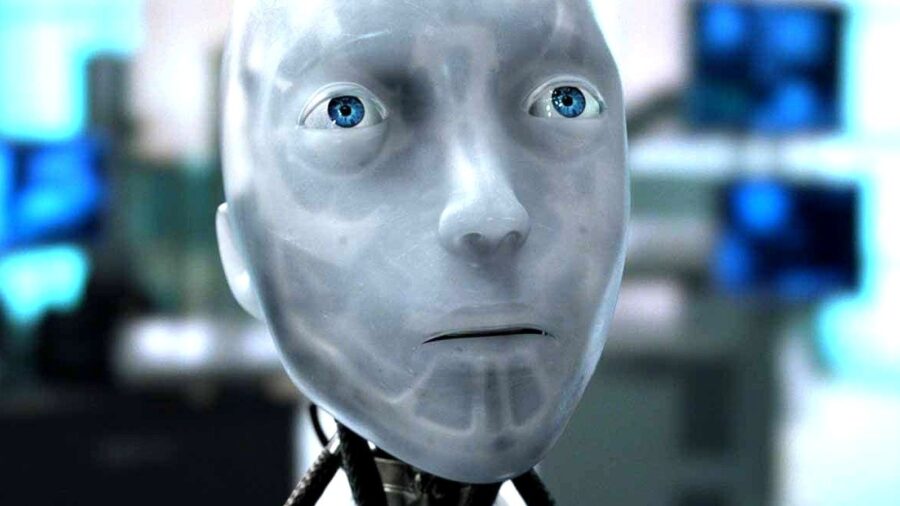Male Robot Touches Woman Inappropriately

The unveiling of Saudi Arabia’s first humanoid “male” robot, Muhammed, took an awkward, uncomfortable detour. In a clip widely shared on social media, the robot appeared to inappropriately touch a female reporter during its presentation. Of course, the video went viral, sparking a flurry of online discourse. The event itself was part of DeepFest in Riyadh, where Saudi AI and robotics firm QSS showcased their robot.
The male robot functions as a symbol of Saudi Arabia’s advancements in artificial intelligence and robotics.
At the time of the incident, the robot was interacting with Rawya Kassem, a reporter from Al Arabiya. Out of nowhere, the robot seemed to extend its hand toward Kassem’s backside. The reporter’s immediate and understandable response was to issue the robot a stern glare while raising her palm.
Ever the professional, Kassem continued her address without pause, though this could not distract from the discomforting and incredibly surprising nature of the incident.
Despite the incident, outward appearances would suggest Mohammed the robot is a perfectly polite droid. After all, he is dressed in traditional Saudi attire and, impressively, is capable of speaking Arabic and English. The male robot functions as a symbol of Saudi Arabia’s advancements in artificial intelligence and robotics; Mohammed’s creators describe the robots as entirely autonomous.
QSS elaborated on the incident, reporting that, after scrutinizing the footage and circumstances surrounding it, they concluded Mohammed behaved according to “expected behavior.”
There are, however, no surprises here: social media platforms—especially X—transformed into arenas for public outcry over the male robot’s inappropriate action. Numerous users were quick to condemn Mohammed the robot and his apparent indiscretion.
QSS, for their part, was quick to respond, pointing out that Mohammad is indeed an autonomous male robot, functioning on its own regardless of human interference. The firm noted that all attendees, whether reporters or non-professionals, were requested to maintain a safe distance during the robot’s demonstration in the event of such occurrences.
QSS then further elaborated on the incident, reporting that, after scrutinizing the footage and circumstances surrounding it, they concluded Mohammed behaved according to “expected behavior.” That said, the firm promised to introduce further measures to ensure similar incidents do not transpire. In particular, they will make sure to restrict proximity to the robot during demonstrations.

The incident, perhaps reminding posters on X of some fusion between Futurama and sci-fi horror, reignited discussions about the ethical considerations and safety measures surrounding the quickly evolving field of humanoid robotics.
No financial lightweight, the industry is expected to be worth nearly $14 billion by 2028. As the world of humanoid robotics continues to expand, just how and why male robots–or female robots, to be fair–are blended into public spaces and interact with humans remains a subject of lively scrutiny and debate.
Moreover, the controversy surrounding the handsy male robot in Saudi Arabia highlights the more considerable debate concerning AI as a whole. The nascent technology, however impressive, genuinely scares scores of experts in AI-related fields.
The incident, perhaps reminding posters on X of some fusion between Futurama and sci-fi horror, reignited discussions about the ethical considerations and safety measures surrounding the quickly evolving field of humanoid robotics.
Whether top academics or average folks baffled at the rising tide of unnervingly intelligent tech, the growing consensus is that humanity must get a handle on automation and machine learning, and fast.
Ultimately, the awkward interaction of technological innovation and traditional societal norms, as demonstrated by Muhammad, the male robot, underscores the complex interplay between advancements in AI and the values and expectations of us regular, non-robotic humans.










